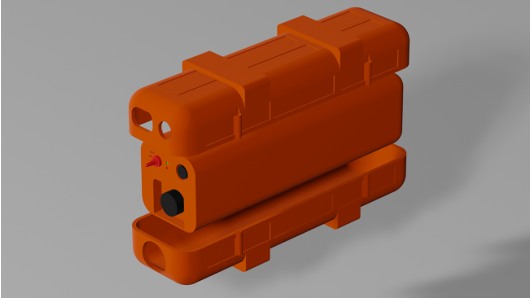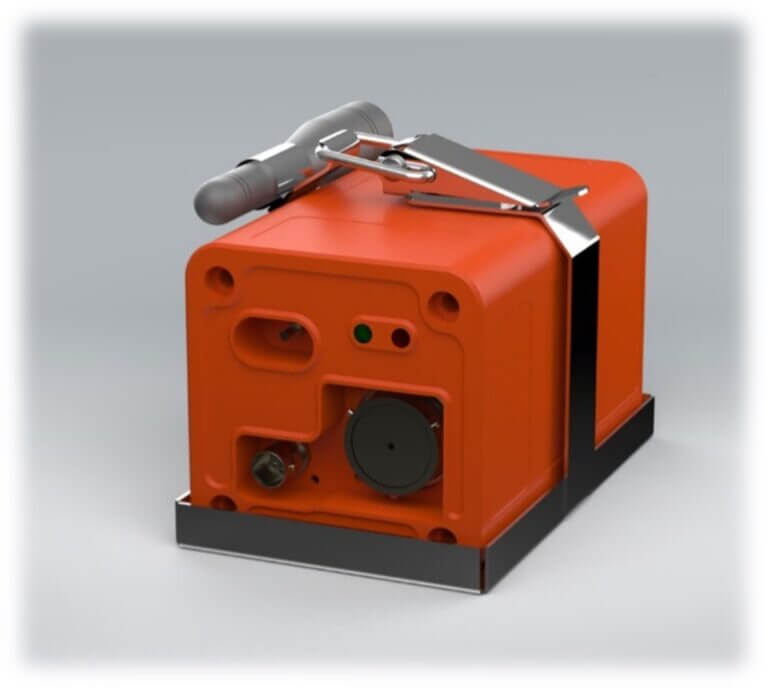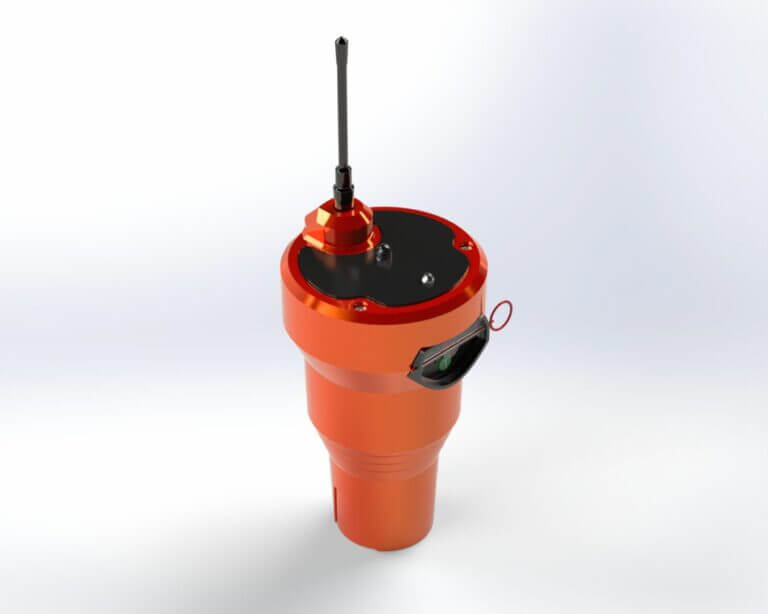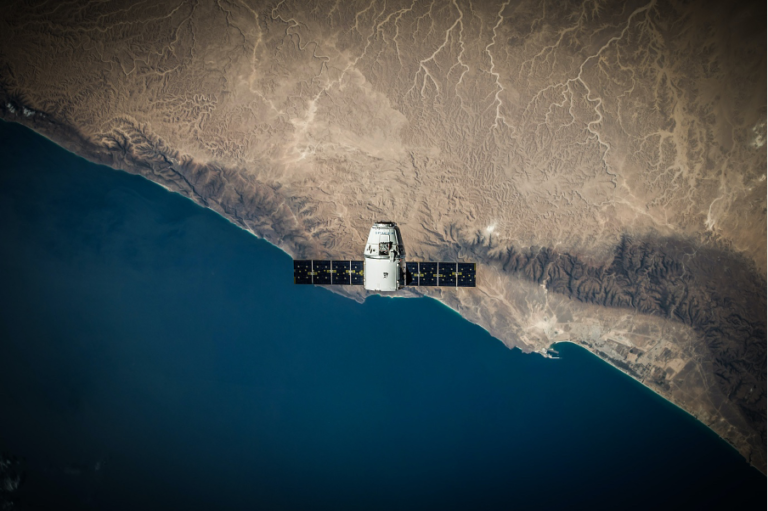How ELTs Active Automatically?
Emergency Locator Transmitters(ELTs) ,according to COSPAS-SARSAT standards, can be classified as Automatic Fixed (ELT-AF), Automatic Portable (ELT-AP), Survival (ELT-S) and Deployable (ELT-DT). Except the Survival type ELTs, all of these ELTs are required to automatically being activated as the accident incident occurs. Current COSPAS-SARSAT standards require automatic ELT activation in the case of +2.3G acceleration in any axis of the aircraft was detected.
ELTs have accelerometer sensors to detect +2.3G acceleration. Since 1980s, these sensors are G-Switch sensors that generally consist of mechanical parts which face challenging issues due to oxidation, corrosion and other environmental effects. Thus the false-alarm rate was increasing as the operating time of the equipment ellapses.
False Alarm Problem of ELTs
False-alarm problem of ELTs seen as distracting factor for the air traffic. Therefore safety criticality level of ELTs is categorized as DAL-D under the RTCA DO-178 standard (See our DO178 article).
What’s the performance of ELTs about auto-detecting the crashes? A technical report which is published by Australian Government in 2013 has significant statistics on ELTs false alarm problem which is occured often. According to Australian Transport Safety Bureau’s technical report that published in 2013, main factors behind the false alarm / no activation problem of ELTs are:
-
- Using one-axis G-Switch in the ELT by manufacturer company
-
- Wrong installation of ELT
-
- Running out of batteries and inadequate maintenance
-
- Unsufficient waterproofness & mechanical robustness
-
- Damage on connection between the ELT and antenna mounted on aircraft during the crash
-
- Damage on ELT’s antenna
-
- Soft landing by pilot efforts despite the airplane crash
According to the same technical report, the accident incidents that occurred until the 2009 which are seem to be have enough conditions to automatically activate ELT, the beacons transmitted distress messages in 40% of these incidents. By the technological developments, 52% activation, 24% no-activation and 24% no-information statistics recorded since the 2009. It seems that there is significant improvement of performance of ELTs on auto-activation during accident incidents but there is still serious no-activation problem.
If the performance of ELTs are investigated by considering the types of accident incidents (Figure-1), as highest activation rate is observed during forced landing and collission with terrain incidents (~40%), lowest activation rate is observed for in-flight break-up and controlled flight into terrain incidents (~20%).
Essentially these statistics are not surprising if we consider nature of incidents in the aviation history. For example, in-flight break-up incidents have the conditions that cannot provide sufficient acceleration to automatically activate the ELT and the nature of these incidents is very difficult to give an opportunity to the flew crew for manually activating the beacon. Similarly, controlled flights into the terrain have no sufficient acceleration to automatically activate the beacon. It’s clear that ELTs require manual activation during these scenarios because of unsufficient acceleration in regarding crash axis.
How to Deal With False Alarms?
In the light of these incidents and given information above, to overcome the no-activation & false alarm problem of Emergency Locator Transmitter equipments, the fundamental design requirements below can be considered by ELT manufacturer companies:
-
- Using semiconductor & micromachined technology G-Switch sensors instead of mechanics in ELTs
- Using three-axis G-Switches in ELTs instead of one-axis G-Switches
- As ELTs have internal navigation units, the distress messages that sent to COSPAS-SARSAT satellite network can have location info
- Digital interface of ELT to have ability to being manually activated by ELT Control Panel in cockpit
- Double-antenna interface of ELT to be able to connect both self portable antenna and aircraft mounted external antenna
To be more precise on G-Switches which are indicated on article-1, G-Switches with the mechanical parts were preferred by ELT manufacturers until 2000s. It’s thought that no-activation & false-alarm incidents are related to this factor as well, because decrease in quality of this type of G-Switch sensors due to environmental effects was known fact in the industry.
Thanks to the development of Materials Engineering and Nanotechnology disciplines, semiconductor & micromachined G-Switch sensors are emerged and they became very popular among industrial applications in many sectors. It’s predicted that this new generation of sensors are influential on improvement of ELTs performance since 2009, as the regarding statistics are showed by Australian Government’s technical report.
Pharus Tech, as the technology company that designs and manufactures Emergency Locator Transmitters, obtained technological product development in the light of investigating and considering all accident incidents since 1970s. Pharus P406-1 EAF Alpha Emergency Locator Transmitter product was designed by considering all these fundamentals.
References
COSPAS-SARSAT Standards
“A Review of The Effectiveness of Emergency Locator Transmitters in Aviation Accidents”, Australian Government – Australian Transport Safety Bureau, AR-2012-128, 2013.
Author: Ali Doğan ([email protected])










 Mor Teknoloji
Mor Teknoloji






